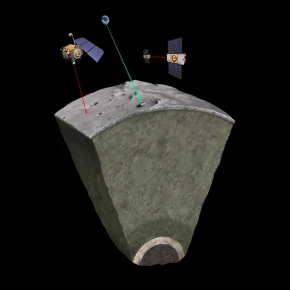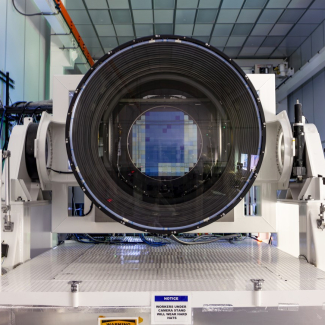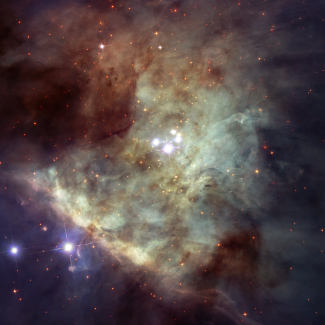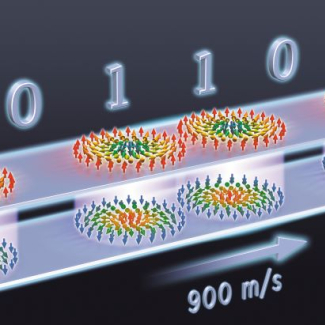
The Moon's heart revealed for the first time
|
|
Fifty years after Apollo 11 paved the way for the first surveys of the Moon, a team of scientists from CNRS, Université Côte d'Azur, the Côte d'Azur Observatory, Sorbonne Université and the Paris Observatory-PSL has shed light on part of its internal structure that had until now remained a mystery: the Moon has a solid core, like the Earth. In addition to this discovery, they also present evidence that explains the presence of iron-rich materials in the lunar crust. Their work is published in Nature on May 3, 2023.
Although the formation and evolution of the Moon is still subject to debate, the nature of its deep interior structure has now been settled. More than fifty years after the first space missions to the Moon, there is now no room for doubt: it has a solid inner core surrounded by a fluid outer core, just like the Earth. This hypothesis has now been confirmed thanks to work carried out by scientists from the CNRS, Université Côte d'Azur, the Côte d'Azur Observatory, Sorbonne Université and the Paris Observatory-PSL.
Some twenty years after the identification of a fluid outer core, the team1 has revealed the existence of a solid inner core about 500 km in diameter, which is about 15% of the total size of the Moon. It is made up of a metal whose density is close to that of iron. Various methods, related in particular to the rotation of the Moon, had already enabled the fluid outer core to be clearly identified. However, the solid core remained undetectable, due to its small size. Its existence has now been demonstrated2 using data from various space missions and from lunar laser ranging.
In addition to this major discovery, various evidence identified by the scientists appears to support the hypothesis of movement of material within the mantle, the intermediate layer between the core and the crust, during the Moon's evolution. This is known as the lunar mantle overturn, and it helps explain the presence of iron-rich elements at the Moon's surface. How did this process take place? Material could have risen to the surface, producing volcanic rocks that were deposited in the lunar crust. Subsequently, the materials that were too dense compared to the surrounding crustal material sank back down to the core-mantle boundary.
This work provides an important contribution to our understanding of the history of the solar system and of certain events such as the disappearance of the lunar magnetic field, which was originally a hundred times stronger than that of the Earth today, and is now almost non-existent.
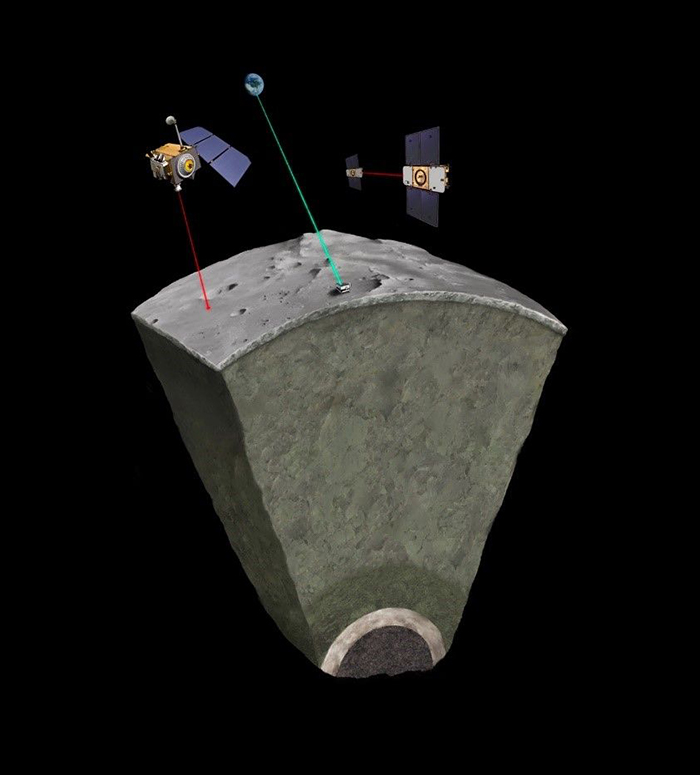
© Géoazur/Nicolas Sarter
- 1Working at the Géoazur laboratory (CNRS/Observatoire Côte d 'Azur/IRD/Université Côte d'Azur) and at the Institute for Celestial Mechanics and Computation of Epherimides (IMCCE) (Observatoire de Paris-PSL/CNRS).
- 2The results were obtained thanks to funding from the French National Research Agency (ANR-19-CE31-0026), and an ERC AstroGeo Advanced Grant (885250).
About the lunar solid inner core and the mantle overturn. Arthur Briaud, Clément Ganino, Agnès Fienga, Anthony Mémin and Nicolas Rambaux. Nature, May 3, 2023. DOI :10.1038/s41586-023-05935-7
